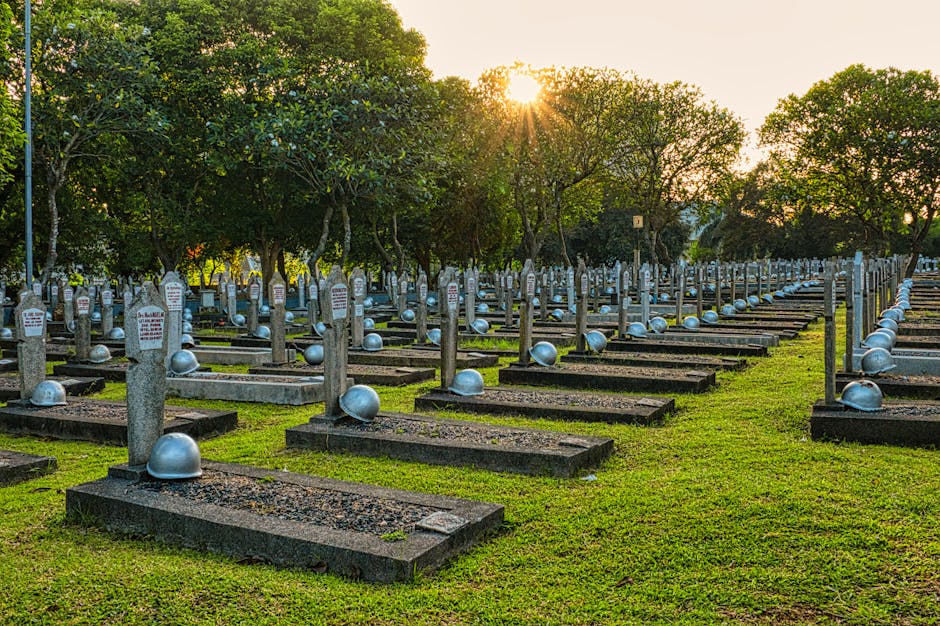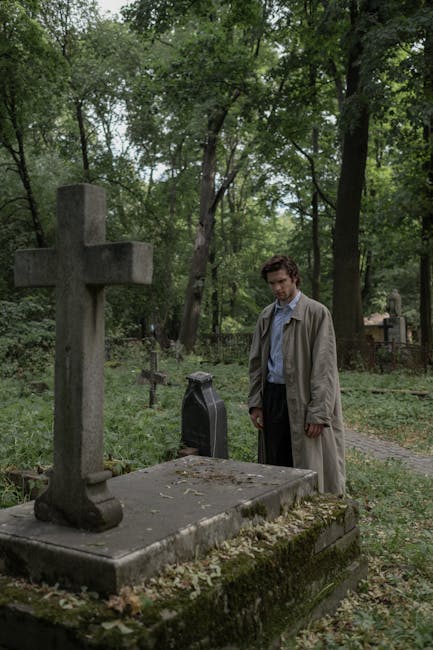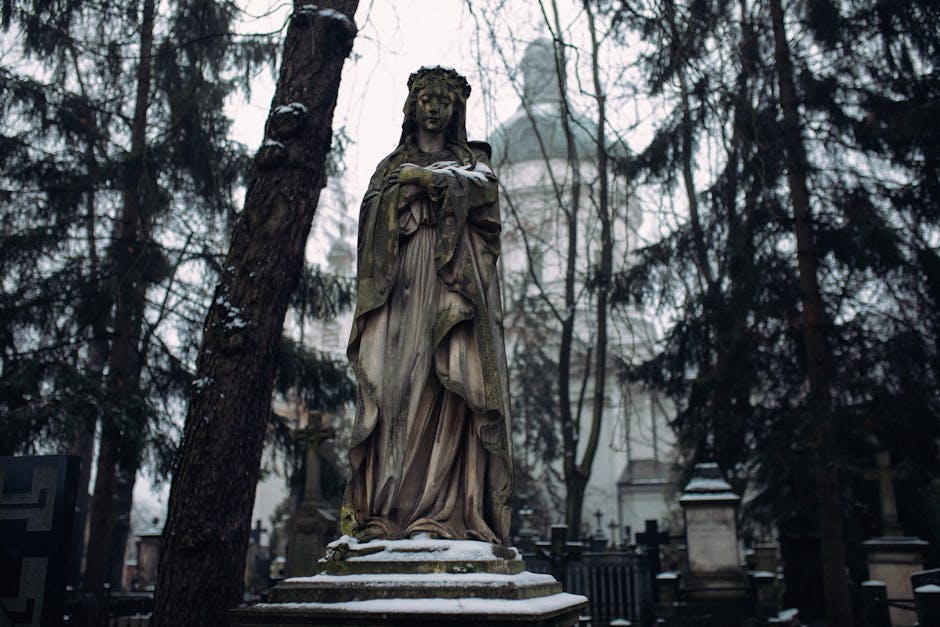The Evolution of a National Holiday: From Decoration Day to Memorial Day
Memorial Day, a day dedicated to honoring the men and women who died while serving in the U.S. military, is a deeply ingrained part of American culture. Parades, barbecues, and solemn ceremonies mark this day, a poignant reminder of sacrifice and service. But what many don’t realize is that this widely celebrated holiday didn’t always bear its current name. Its origins lie in the poignant and grassroots tradition of Decoration Day.
The Birth of Decoration Day: A Nation Grieving
The Civil War, a brutal conflict that tore the nation apart, left a trail of immense loss and grief. The sheer number of casualties—over 620,000 soldiers—was staggering, leaving countless families to grapple with the devastating consequences of war. In the aftermath, the need to honor the fallen soldiers became a powerful sentiment, fueling the creation of Decoration Day.
While pinpointing the exact origin of Decoration Day is difficult, several communities across the country independently began holding memorial ceremonies in the years immediately following the war. These ceremonies, often organized by women’s groups and veterans’ organizations, involved decorating the graves of fallen soldiers with flowers, flags, and other symbolic tributes. The act of decorating graves served as a tangible expression of remembrance and respect for those who had made the ultimate sacrifice.
Early Decoration Day Observances: Regional Variations and Shared Purpose
The practices varied somewhat from region to region. Some communities held large-scale public events, while others focused on more intimate ceremonies at individual cemeteries. However, the underlying intention remained consistent: to publicly acknowledge and honor the dead.

One of the most prominent early Decoration Day observances is often attributed to Waterloo, New York, where women decorated the graves of soldiers in 1866. However, similar events took place in other locations around the same time, showcasing the widespread and spontaneous emergence of this commemorative tradition. These early celebrations laid the groundwork for the nationwide observance that would eventually become Memorial Day.
The Gradual Spread and Standardization of Decoration Day
Over time, the tradition of Decoration Day spread across the country, gaining momentum and establishing itself as a significant annual event. By the late 19th century, many states and communities had formally adopted Decoration Day as an official holiday. The unifying theme of remembrance transcended geographical boundaries, creating a shared national experience.
However, the date of observance varied initially. Some communities held their ceremonies in April, while others chose May or June. This lack of uniformity highlighted the decentralized nature of the early Decoration Day traditions.
The Transition to Memorial Day: A National Recognition
The formal adoption of Memorial Day as a national holiday came much later. While Decoration Day gained widespread observance, it was not officially recognized at the federal level until 1868, when General John A. Logan, commander of the Grand Army of the Republic (GAR), declared May 30th as a national day of remembrance for the fallen soldiers of the Civil War. This date was chosen to coincide with the blooming of spring flowers, reinforcing the association with decorating graves.
The official declaration by the GAR marked a pivotal moment, transforming Decoration Day from a largely grassroots, regionally diverse tradition into a nationally recognized holiday. It provided a framework for uniformity, ensuring a consistent date and lending official sanction to the commemorative practices.

World War I and Beyond: Expanding the Scope of Remembrance
The scope of Memorial Day expanded significantly after World War I. The immense loss of life in this global conflict extended the commemoration beyond the Civil War, encompassing all American service members who had perished in defense of their country. This broadened perspective solidified Memorial Day’s position as a powerful symbol of national unity and remembrance.
Over the decades, Memorial Day continued to evolve, reflecting the changing nature of warfare and the expanding diversity of the American military. It now serves as a tribute to all fallen American servicemen and women, regardless of the conflict in which they served.
Memorial Day Today: A Day of Reflection and Remembrance
Today, Memorial Day remains a deeply significant holiday, observed with solemnity and respect across the nation. While it incorporates elements of celebration, the core essence of the day centers on honoring the sacrifices made by those who gave their lives in service to their country. From the spontaneous, grassroots beginnings of Decoration Day to the nationally recognized Memorial Day we observe today, the evolution reflects a persistent national need to remember and honor the fallen heroes who made the ultimate sacrifice.

Understanding the historical trajectory of Memorial Day, from its humble beginnings as Decoration Day to its current status, provides a deeper appreciation for the significance of this solemn and commemorative occasion. It underscores the enduring power of remembrance and the collective effort to honor those who gave their lives for the nation.
Key Differences Between Decoration Day and Memorial Day
- Name: Decoration Day was the original name, reflecting the act of decorating graves. Memorial Day is the current name, emphasizing the remembrance of the fallen.
- Scope: Initially focused primarily on Civil War casualties, Memorial Day’s scope expanded to include all fallen American soldiers.
- Official Recognition: Decoration Day was a widely observed tradition but not initially federally recognized. Memorial Day is a federally recognized holiday.
- Date: Decoration Day had varying dates initially. Memorial Day is consistently observed on the last Monday of May.

